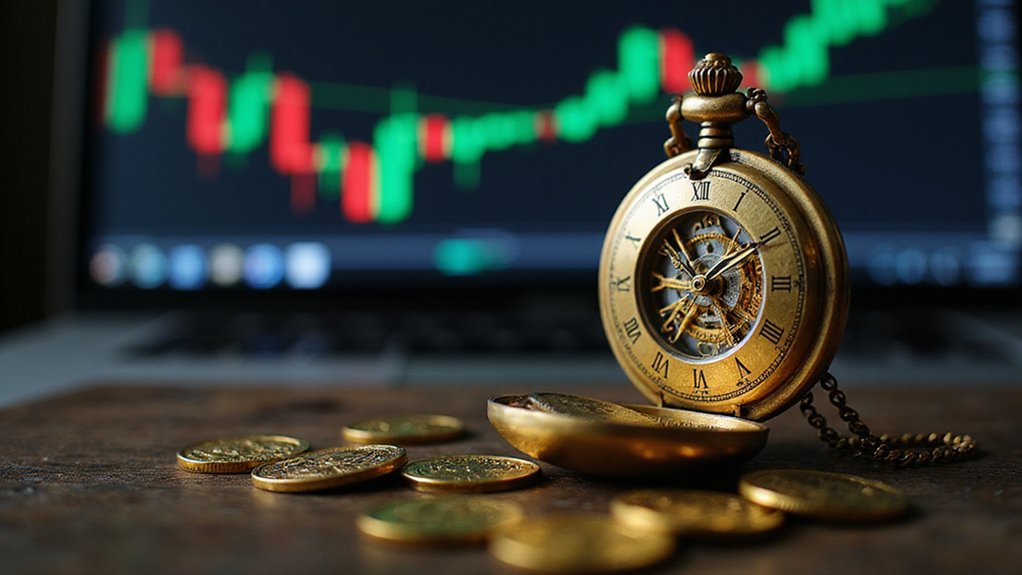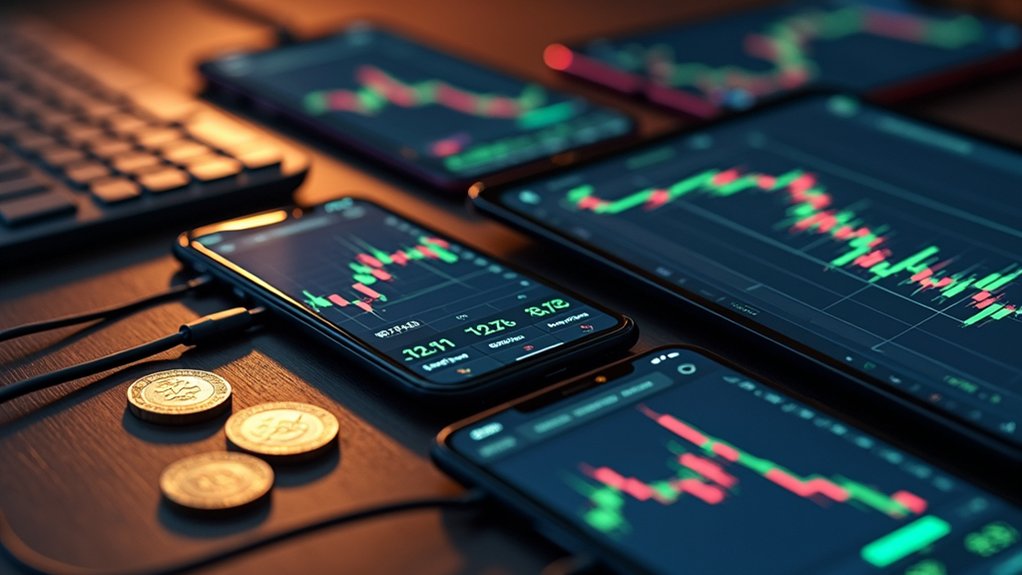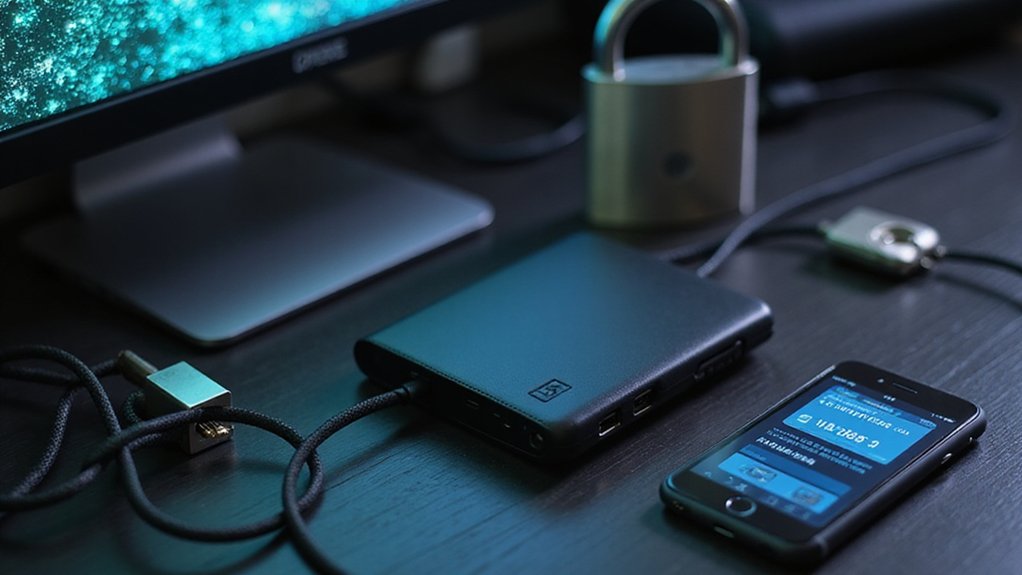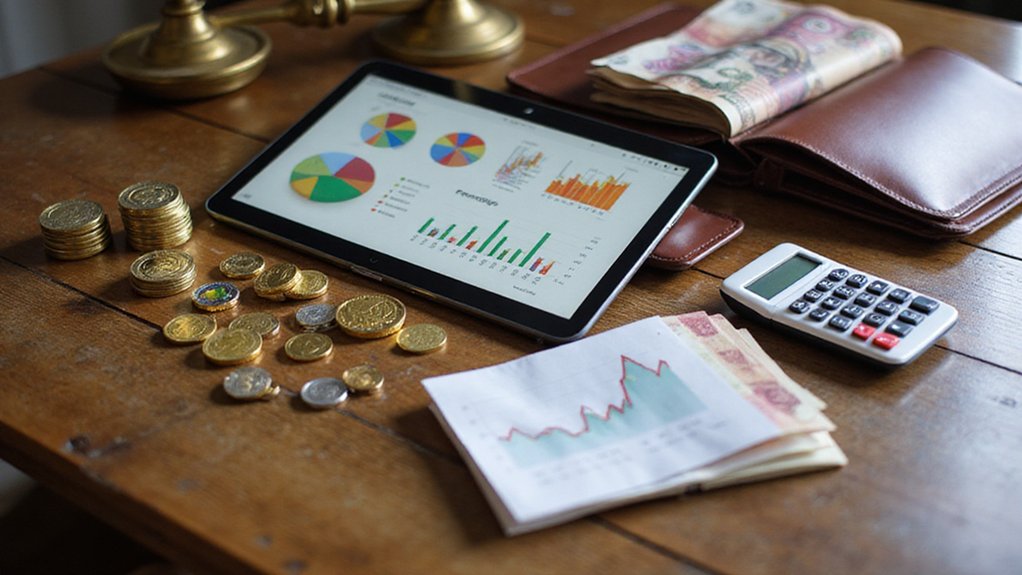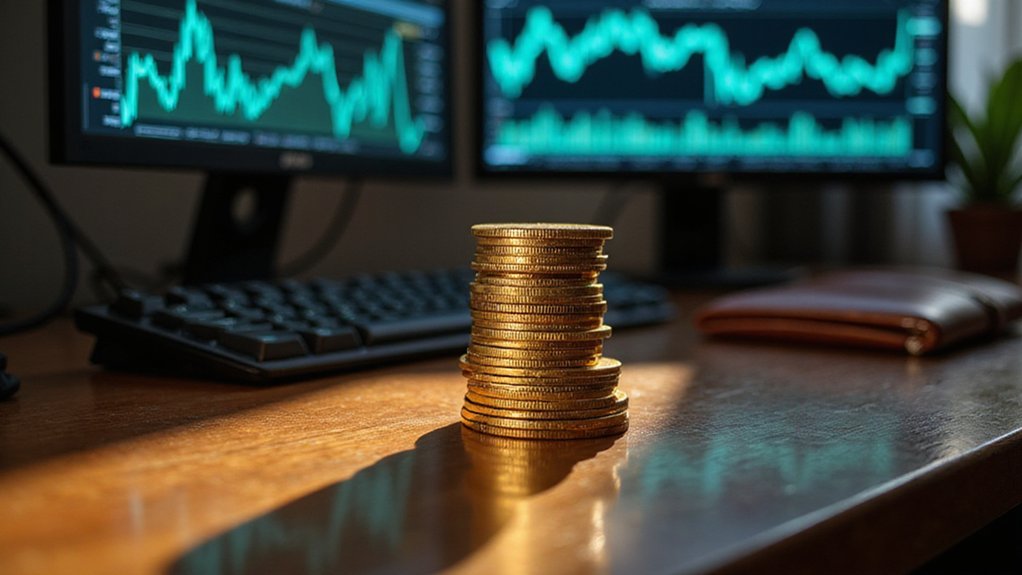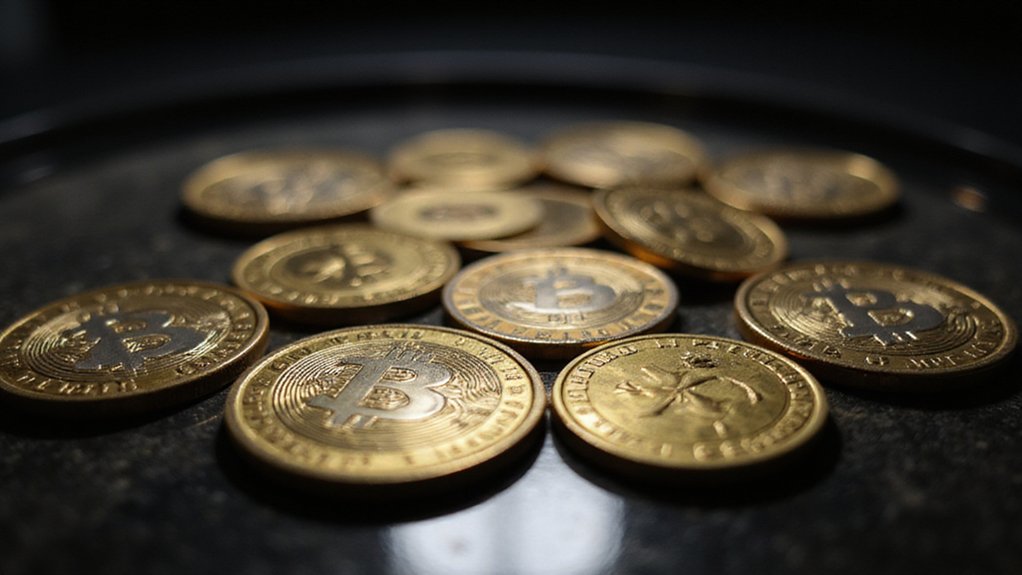Limit orders in cryptocurrency trading function as precision instruments that execute buy orders at specified prices or lower, and sell orders at specified prices or higher, eliminating the costly slippage that plagues market orders during volatile periods. Traders queue these orders in exchange order books based on price priority, exercising discipline against impulsive decisions while scaling into positions at predetermined levels—though unfilled orders during price gaps remain an inevitable frustration that strategic deployment through technical analysis can help navigate.

The cryptocurrency trader who submits a market order at 3 AM during a flash crash—watching helplessly as their intended $50,000 Bitcoin purchase executes at $52,847 instead—has learned an expensive lesson about the virtues of patience and precision.
Limit orders, those stalwart guardians of trading discipline, offer a remedy to such midnight misadventures by allowing traders to specify exact execution prices rather than surrendering to market whims.
Limit orders stand as disciplined sentinels against market chaos, demanding precise execution prices rather than surrendering control to volatile whims.
Unlike their impulsive cousin, the market order, limit orders exercise restraint.
A buy limit order executes at the specified price or lower, while sell limit orders trigger at the set price or higher—assuming, of course, that market conditions eventually align with the trader’s aspirations.
This patient approach eliminates slippage, that notorious wealth-eroding phenomenon where intended prices become expensive fantasies.
The strategic applications prove compelling for those willing to wait.
Traders employ limit orders for scaling into positions, methodically accumulating cryptocurrency at predetermined price levels rather than betting everything on a single market entry.
Large trades particularly benefit from this approach, as attempting to purchase substantial quantities through market orders often resembles trying to drink from a fire hose—messy and expensive.
However, limit orders demand a peculiar form of faith: the belief that markets will eventually accommodate one’s pricing preferences.
Orders queue in the order book based on price priority and time of submission, creating a digital waiting room where patience theoretically rewards the disciplined.
Yet this system harbors its own frustrations—orders may languish unfilled during volatile periods when prices gap beyond specified limits, leaving traders watching opportunities evaporate.
The comparison with stop-limit orders reveals additional complexity, as these hybrid instruments combine stop triggers with limit execution, offering enhanced control at the cost of increased uncertainty.
Bracket orders extend this concept further, creating multiple conditional triggers that would make a Swiss watchmaker proud.
Successful limit order deployment requires understanding market microstructure and realistic price expectations.
Setting buy limits mere pennies below market price during a bull run demonstrates either remarkable optimism or fundamental misunderstanding of momentum dynamics.
The most effective practitioners combine technical analysis with patience, recognizing that precision often trumps speed in cryptocurrency markets where volatility creates both opportunity and chaos. Understanding market depth enables traders to gauge how their orders might impact prices and assess the market’s ability to absorb their trades without causing significant price movements. Exchanges process and match billions of buy and sell orders daily among millions of users, highlighting the massive scale of trading activity that determines price discovery. This strategic approach proves especially valuable for swing trading, where limit orders align perfectly with longer-term strategies that wait for favorable prices.
Frequently Asked Questions
What Happens if My Limit Order Only Partially Fills?
When a limit order partially fills, the trader receives whatever quantity executed at their specified price, while the remainder stays active in the order book awaiting additional liquidity.
The partially filled portion settles normally—funds exchange hands, fees apply per execution.
The unfilled balance continues hunting for matching orders until cancelled, expired, or market conditions shift unfavorably.
Traders must then decide whether to adjust pricing, wait patiently, or cancel the stubborn remainder entirely.
Can I Cancel a Limit Order After Placing It?
Traders can indeed cancel limit orders after placement, provided execution hasn’t occurred—a seemingly obvious capability that platforms occasionally complicate through convoluted interfaces.
The cancellation process typically requires accessing the order book and confirming termination, though blockchain-based exchanges may impose network fees for this privilege.
Given that partially filled orders (as previously discussed) can leave traders in awkward positions, prompt cancellation becomes particularly valuable when market conditions shift unexpectedly.
Do Limit Orders Expire After a Certain Time Period?
Limit orders exhibit wildly divergent expiration policies across platforms—Crypto.com maintains orders indefinitely until execution or cancellation, while Swan Bitcoin imposes a 90-day ceiling.
Uniswap enforces automatic expiration at user-selected dates, and Uphold offers “good ’till canceled” alongside daily cutoffs.
This fragmentation (perhaps unsurprisingly) reflects crypto’s regulatory Wild West, where each platform crafts its own temporal rules, leaving traders to navigate a maze of expiration schedules.
Are There Fees for Placing Limit Orders That Don’t Execute?
Cryptocurrency exchanges typically don’t charge fees for placing unexecuted limit orders—a surprisingly rational policy in an industry not always known for restraint.
Traders can set their orders without immediate financial penalty, though opportunity costs naturally accumulate when prices move away from their targets.
This fee structure encourages market-making activity, as platforms benefit from increased liquidity rather than punishing prudent traders who contribute depth to order books through patient positioning.
Can I Set Multiple Limit Orders for the Same Cryptocurrency?
Traders can indeed set multiple limit orders for the same cryptocurrency, creating layered strategies across different price levels.
This approach allows simultaneous buy orders at various support levels or sell orders at multiple resistance points.
Most exchanges accommodate numerous open orders per asset (though platform limitations may apply), enabling sophisticated risk management and profit-taking strategies.
Unlike those pesky fees for unexecuted orders discussed previously, multiple active orders simply await their respective price triggers.
